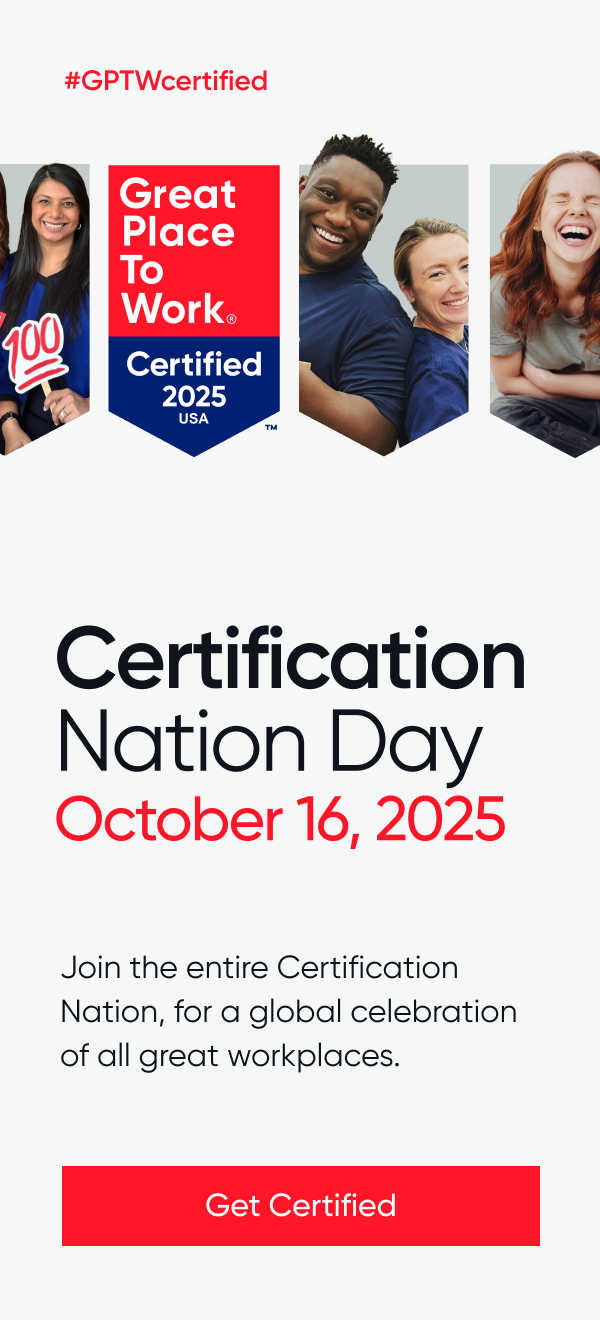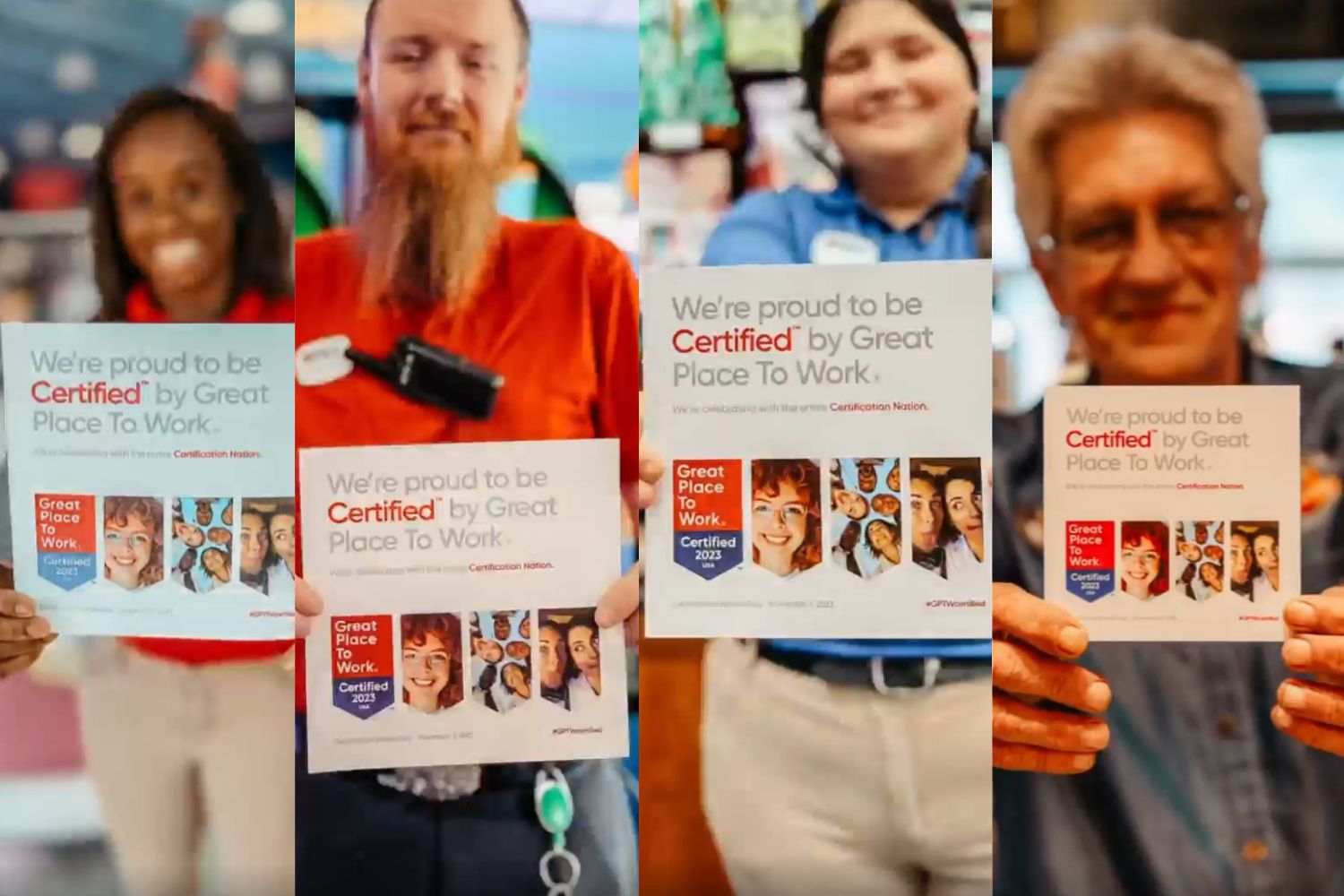
Employee Experience, Employee Recognition, Employer Brand, Thanking
“Let me know when your whole life goes up in smoke. Means it's time for a promotion.” This is the advice Nigel gives Andy in a scene from the 2006 movie, “The Devil Wears Prada.”
Promotions are the only appreciation employees receive at Runway Magazine. A Fortune 100 Best Companies to Work For® would never hire Miranda Priestly!
Unfortunately, the sarcastic humor in the movie is not too far from reality for more than half of us. According to our normative study of the US workforce, only 42% of people believe that everyone has an opportunity to receive special recognition at work.
This figure matters because feeling appreciated is one of the top 10 drivers of a high-trust experience, according to my analysis of what drives trust in company culture. I analyzed hundreds of employee comments to learn what makes them feel appreciated and how workplaces create a culture of recognition.
I found that feeling appreciated is more important for employee engagement than pay, benefits, time off, training, or celebrations.
Why employers don’t show appreciation
In my 11 years of consulting, I have heard the same excuses from leaders. Corporate executives, call center supervisors, police lieutenants, lawyers, doctors, and teachers all defend why they don’t show appreciation.
1) Fear of stimulating underperformance. Many managers say, “I shouldn’t thank people for simply doing their jobs. That’s what’s expected of them.”
2) Creating a sense of playing favorites. “Recognition is a double-edged sword. If you thank people publicly, others will think you have favorites. So, I just play it safe and do not thank anyone publicly.” I heard a similar argument from an executive, a doctor, and many others.
The best way to show appreciation
Employees need more than a meaningless “Thank you’” to feel appreciated.
1) Make sure people feel heard. What makes people feel most valued and appreciated, is having their ideas and suggestions genuinely listened to, regardless of their role, department or level.
2) Be an approachable leader. When everyone, regardless of level, finds leaders easy to talk to, they can be heard. This leads to feeling appreciated. Leaders at our Fortune 100 Best Workplaces do this regularly. They create a culture of appreciation by giving people exposure to different leaders in the business.
3) Acknowledge your people from everywhere. Celebrate employees even when they are not in your team or department. Hearing praise from different places, is at the heart of true appreciation. This also relieves pressure from one person having to make a whole team feel appreciated.
Fair Appreciation is a Two-Way Street
It’s not only leaders who have a part to play. Employees also need to own the opportunities their organization provides. Many employees say themselves that those who put themselves out there and collaborate with others get more opportunities.
Kimley-Horn encourages people to build their network by providing “Lunch on Kimley-Horn.”
“One of our most popular integration tools is our ‘Self-Directed Career Development’ lunch coupons, which gives all new hires a chance to choose 30 or more senior coworkers and take them to lunch on the company for mentoring and career guidance. The freedom to select multiple colleagues over time is important because we expect young professionals to spend time exploring their professional direction. Our goal is to allow each staff member to discover the role in which he or she will thrive, and these lunches often serve as the catalyst.”
Kimley-Horn is 2nd on our Best Workplaces in Consulting & Professional Services™ 2019, number 5 Best Workplaces for Millennials™ 2019, and at the 18th spot on 2019 Fortune 100 Best Companies to Work For®.
When both companies and employees do their part, people can have a very strong sense of appreciation. An employee of Kimley-Horn explains:
“This company loves to show their appreciation to their employees, as they figured out, ‘so goes the employees, so goes the company.’ Employees work harder with ease and enthusiasm to exceed expectations when they feel their talents and skills are valued. This is my experience here at Kimley-Horn.”
If Miranda Priestly in “The Devil Wears Prada” would have gone for lunch with employees and genuinely listened to their ideas, we wouldn’t have such a funny movie. However, let’s work to keep this leadership style just for the movies. For more advice and events on workplace culture, sign up for our e-newsletter.










